In a world that is continuing to embrace inclusivity, the importance of accessible facilities cannot be forgotten. For people with visual impairments, clear and effective signage plays a crucial role in ensuring a seamless and dignified experience.
This blog dives into the Australian guidelines for braille signage, specifically focusing on key areas such as disabled toilet signs, shower signs, unisex toilet signs, and more.
Australian Standards for Disabled Toilet Signs:
1. Clear Communication with Disabled Toilet Signs:
Disabled toilet signs are not just symbols. They are a communication lifeline. According to Australian standards, these signs must feature tactile elements, including raised pictograms and Grade 1 Braille, ensuring that everyone, regardless of visual ability, can easily identify and access these facilities.
2. Unisex Toilet Signs and Accessibility:
Unisex toilet signs are another crucial aspect of inclusive design. The guidelines emphasise the use of universally recognised symbols and clear language, accompanied by Grade 1 Braille. This ensures that individuals with visual impairments can independently identify unisex facilities.
3. Shower Signs for Accessibility:
When it comes to shower signs, the Australian guidelines advocate for signage that is not only durable but also easily understandable. Incorporating tactile elements, such as raised symbols and Grade 1 Braille, is important to enhance accessibility in areas like communal showers.
4. Ambulant Toilet Signs:
Ambulant toilet signs cater to individuals who may have mobility challenges but do not necessarily use a wheelchair. These signs should adhere to the same standards as disabled toilet signs, providing clear communication through raised symbols and Grade 1 Braille.
Stainless Steel Signage and Compliance:
5. Stainless Steel Wheelchair Signage and Durability:
Stainless steel signage is recommended for its durability and resilience. Ensuring that signage materials withstand environmental factors is vital, especially in the Australian weather, contributing to the longevity and effectiveness of accessibility features.
6. Compliance with Australian Standards:
All signage, regardless of material, must comply with Australian standards for accessibility. This includes specifications for size, colour contrast, and tactile elements. Compliance is not just a checkbox; it's a commitment to making spaces universally accessible. Tim the Sign Man is proud to comply with all Australian standards.
Signs and Beyond:
7. Wheelchair Signs:
Wheelchair signs must conform to specific guidelines, encompassing size, colour, and tactile features. By complying with these standards, spaces become more accessible for individuals with mobility challenges.
8. Embracing Accessible Design Beyond Basics:
While complying with basic requirements is essential, going beyond and adopting advanced accessible design principles further enhances the overall inclusivity of a space. This includes considering factors such as wayfinding, lighting, and tactile guidance.
Creating an inclusive environment is a shared responsibility, and adhering to Australian guidelines for braille signage is a significant step toward achieving this goal. Everyone reserves the right to navigate public spaces with ease!
By prioritising accessible signage in areas such as disabled toilet signs, shower signs, unisex toilet signs, and more, we contribute to a world where everyone can navigate spaces with dignity and independence.
If you’d like to see our incredible signage designs, we have everything from sleek and modern to bright designs that stand out. Free shipping with Australia! - click here.
